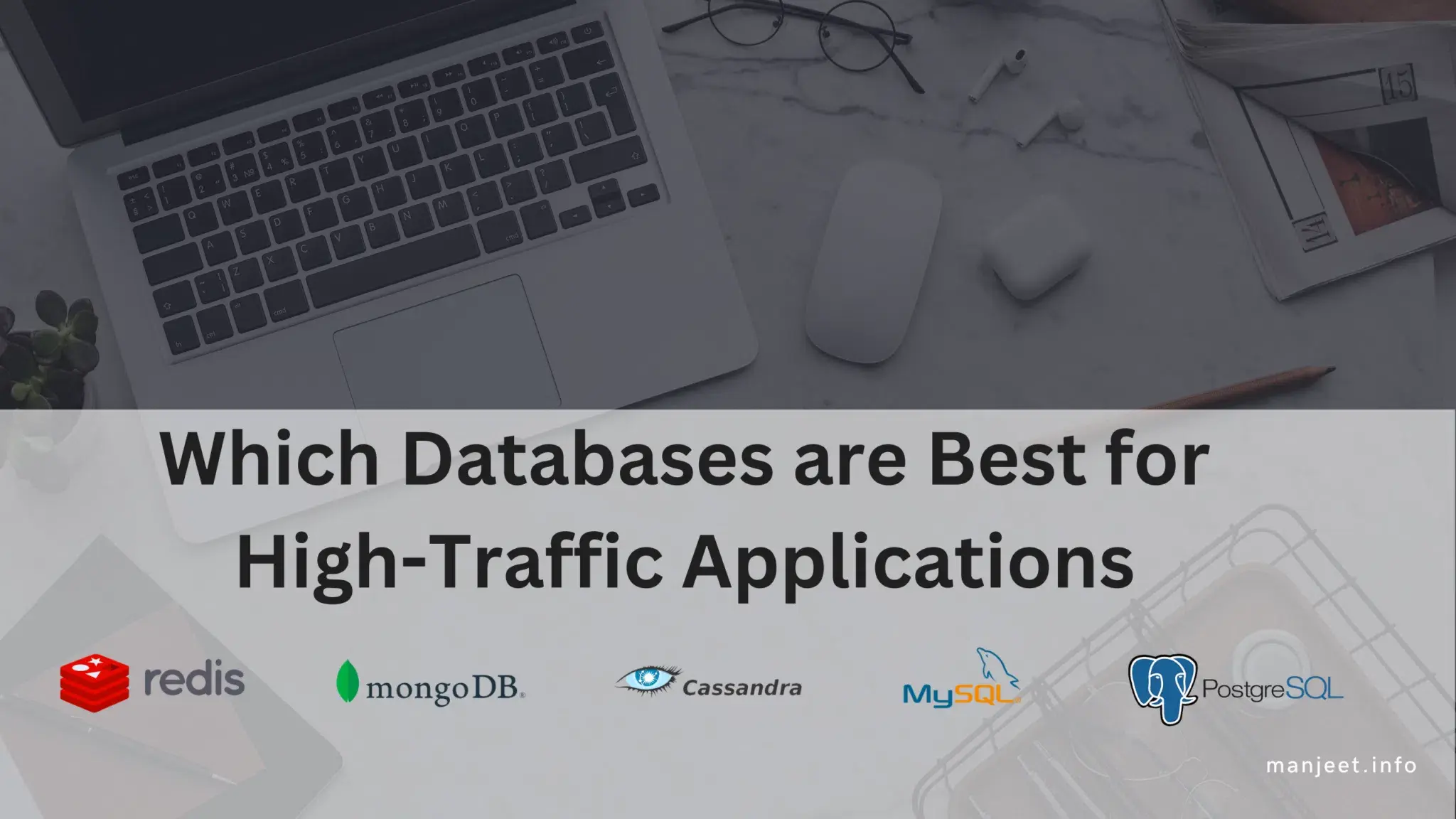Regarding database speed, several factors can affect performance, including the type of database, hardware resources, and the size and complexity of the data being managed. However, some databases are generally faster than others, and choosing the right one can make a big difference in the speed of your application or service.
Here are some of the fastest databases available today:
- Redis: Redis is an in-memory data store designed for high-performance applications. Because it stores data in memory rather than on disk, it can deliver swift read and write speeds. Redis is ideal for use cases that require low latency and high throughput, such as real-time analytics, caching, and messaging. Read more about Optimising Redis Cache in a Cluster for High Performance.
- MongoDB: MongoDB is a NoSQL database known for its scalability and speed. It is designed to handle large amounts of data and distribute them across multiple servers to ensure high availability and performance. MongoDB is popular for web applications, real-time analytics, and content management systems. Read more about Scaling MongoDB for Billions of Documents.s
- Cassandra: Cassandra is another NoSQL database optimised for speed and scalability. It can handle massive amounts of data and is designed to be highly available and fault-tolerant. Cassandra is a popular choice for IoT applications, social media platforms, and other large-scale applications that require high performance and low latency.
- MySQL: MySQL is a popular relational database known for its speed and reliability. It is designed to handle large datasets and can deliver fast read and write speeds when optimised. MySQL is popular for web applications, content management systems, and e-commerce platforms. Read more about MySQL Optimisation Essential Strategies for Enhancing Database Performance.
- PostgreSQL: PostgreSQL is another popular relational database known for its speed and scalability. It is designed to handle complex data structures and can deliver fast read and write speeds, appropriately optimised. PostgreSQL is popular for web applications, data warehousing, and analytics.
Database Type Key Features Best For Redis In-memory data store (NoSQL) Breakneck read/write speeds; low latency; high throughput; stores data in memory. Real-time analytics, caching, and messaging MongoDB NoSQL document database High scalability; distributes data across servers; good performance for large datasets Web apps, real-time analytics, and content management Cassandra NoSQL wide-column store Massive scalability; fault-tolerant; highly available; handles huge datasets. IoT apps, social media, and large-scale apps need low latency MySQL Relational (SQL) Fast read/write speeds when optimised; reliable; handles large datasets Web apps, CMS, e-commerce platforms PostgreSQL Relational (SQL) Handles complex data structures; scalable; reliable; fast with optimisation Web apps, data warehousing, analytics
When choosing a database for fast delivery, it’s essential to consider your specific use case and requirements. An in-memory database like Redis may be the best choice if you need low latency and high throughput. A NoSQL database like Cassandra or MongoDB may be a better choice if you must handle massive amounts of data and require scalability and fault-tolerance. A relational database like MySQL or PostgreSQL may be the best choice if you’re dealing with structured data and must ensure data integrity.
In addition to choosing the correct database, there are other steps you can take to optimise performance, such as using caching, indexing your data, and optimising your queries. By taking a holistic approach to database performance, you can ensure that your application or service delivers fast and responsive performance to your users.
